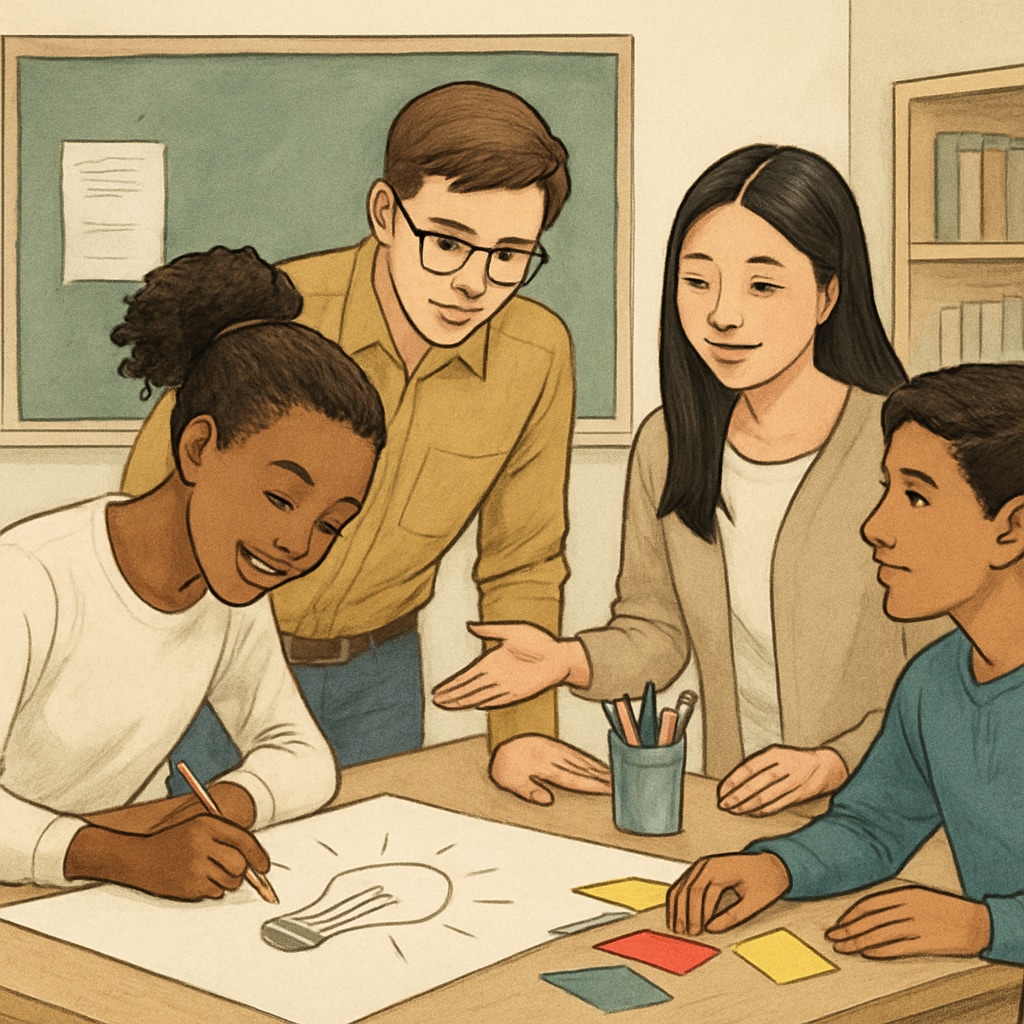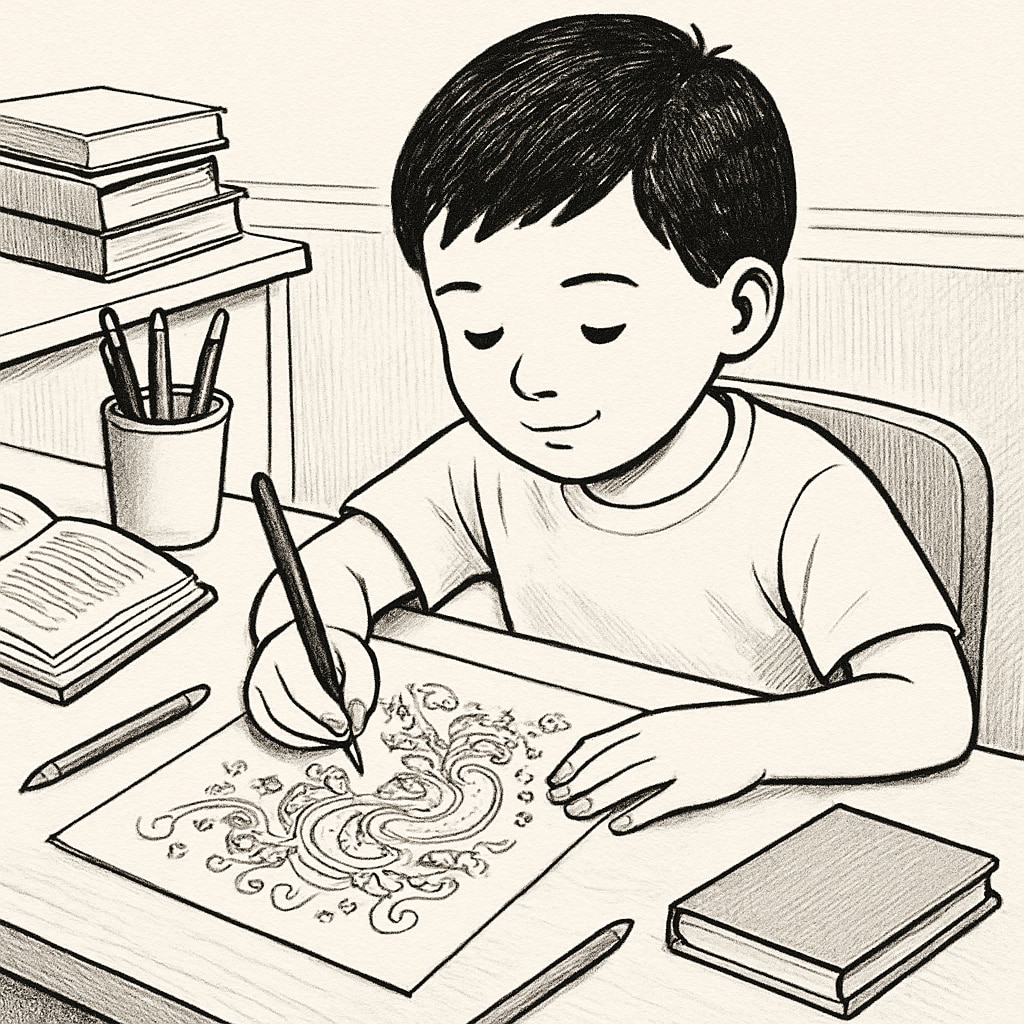Gifted education programs, designed to nurture exceptional talent, often fail to identify students with high potential due to rigid reliance on standardized testing and limited evaluation criteria. Students with ADHD (Attention-Deficit/Hyperactivity Disorder), for instance, frequently possess extraordinary abilities in creativity, problem-solving, and divergent thinking. However, these strengths may be overlooked when traditional assessments prioritize conformity and narrowly defined academic excellence. This article examines the shortcomings of the current gifted education system and advocates for a more inclusive approach to identifying and fostering talent.
How Standardized Testing Falls Short in Identifying Talent
Standardized testing has long been a cornerstone of gifted education identification processes. While these assessments aim to measure intelligence and academic aptitude, they often fail to capture the full spectrum of a child’s abilities. For example, students with ADHD may perform poorly on timed tests due to issues with focus, yet excel in creative or hands-on tasks. As a result, their true potential may remain hidden.
Moreover, standardized tests tend to favor students from specific socioeconomic and cultural backgrounds. A 2021 study published in the Encyclopedia Britannica on Education revealed that these tests are often biased toward children with access to enriched learning environments, leaving underrepresented minorities and students from low-income families at a disadvantage.

The Overlooked Strengths of Students with ADHD
ADHD is frequently misunderstood as a purely disruptive condition, but research suggests that it can also be associated with unique strengths. Students with ADHD often exhibit heightened creativity, out-of-the-box thinking, and the ability to hyper-focus on tasks they find engaging. These traits align closely with the qualities of giftedness, yet traditional identification methods rarely account for them.
For instance, a child with ADHD might struggle to sit still during a classroom lecture but demonstrate exceptional skill in building complex structures or generating innovative ideas. Unfortunately, without a more holistic evaluation, such talents may go unnoticed. This not only deprives the student of opportunities for growth but also limits the diversity of perspectives within gifted programs.

Rethinking Gifted Education: Toward an Inclusive Model
To address these gaps, educators and policymakers must adopt a more inclusive model of gifted education. This could involve:
- Expanding identification criteria to include creative and practical skills alongside academic performance.
- Incorporating multiple assessment tools, such as portfolios, teacher recommendations, and observational evaluations.
- Providing training for educators to recognize and support diverse expressions of giftedness, including those associated with ADHD.
- Ensuring equitable access to gifted programs for students from underrepresented and disadvantaged backgrounds.
For example, the use of dynamic assessments, which evaluate a student’s learning potential rather than static knowledge, has shown promise in identifying talents that traditional tests miss. According to a report by Wikipedia on Educational Psychology, such methods are particularly effective for students with learning differences or atypical developmental trajectories.
Conclusion: Unlocking Every Child’s Potential
Gifted education should be a tool for unlocking every child’s potential, not a gatekeeping mechanism that perpetuates inequality. By moving beyond standardized testing and embracing a broader understanding of intelligence and talent, educators can create programs that truly serve all high-potential students, including those with ADHD and other unique profiles. It’s time to ensure that no gifted child is left behind, regardless of their learning style or background.
As we rethink the future of education, inclusivity and flexibility must guide our approach. Only then can we provide students with the opportunities they deserve to shine.
Readability guidance: This article uses short paragraphs and subheadings to enhance readability. Lists and external links provide additional context, while transitions ensure a smooth flow of ideas. Passive voice and long sentences are minimized to maintain clarity.


